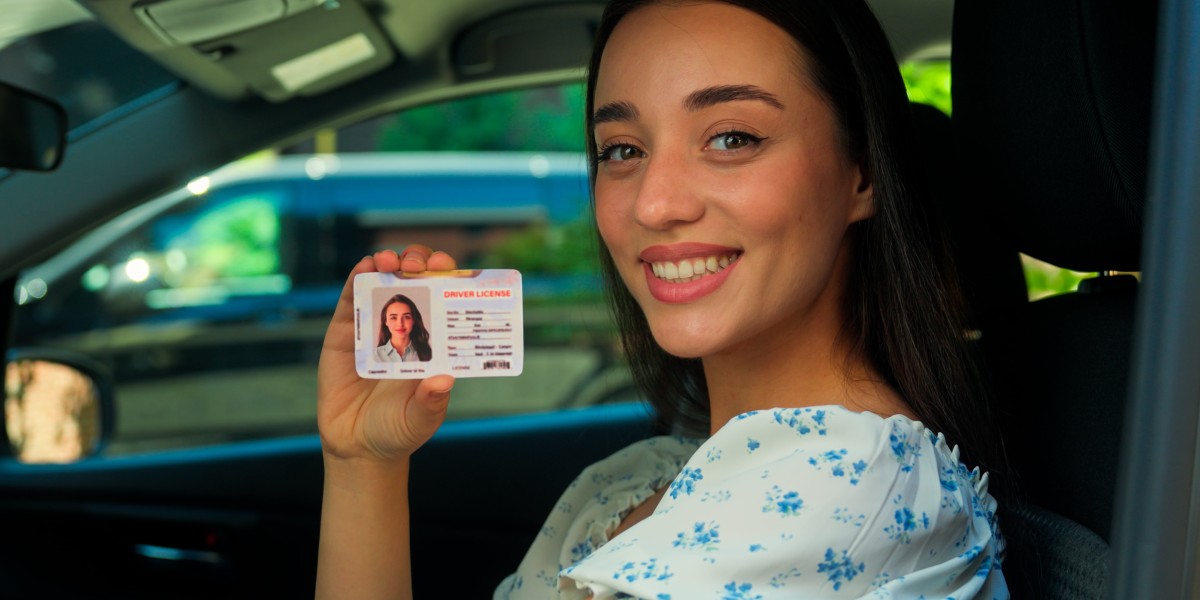Obtaining a Driving License Online: A Comprehensive Guide
In today's digital age, many government services are easily available online, and getting a driving license is no exception. Whether you're a brand-new driver or seeking to restore an expired license, the online process streamlines the experience, making it easier and efficient. This article supplies a comprehensive introduction of how prospective drivers can acquire a driving license online, outlines the essential actions, and addresses common questions on the subject.
Understanding the Online Driving License Application Process
Looking for a driving license online typically involves a number of phases, consisting of application submission, documentation, payment, and perhaps a virtual or in-person evaluation. Each state or country might have its unique requirements, but a number of common steps and files are typically required:
Steps to Obtain a Driving License Online
Eligibility Verification: Before beginning the application, check that you satisfy the eligibility requirements. Many jurisdictions need candidates to be of a particular age and to have completed a driver's education course.
Visit the Official Website: Navigate to the official website of your regional Department of Motor Vehicles (DMV) or equivalent authority. Official websites will supply specific instructions tailored to your area.
Create an online for driving Licence Account: Many jurisdictions need you to create an account. This may involve entering personal info such as your name, address, and Social Security Number.
Total the Application Form: Fill in the online application with precise information. This kind generally requests your address, date of birth, and other determining details.
Upload Required Documents: Prepare to upload essential recognition documents. Typical requirements typically include:
- Proof of identity (e.g., birth certificate, passport).
- Evidence of residence (e.g., energy bill, lease arrangement).
- Driver's education conclusion certificate, if appropriate.
Pay the Application Fee: Most jurisdictions require an application cost to be paid online. Payment choices typically consist of credit/debit cards, electronic checks, or other online payment services.
Arrange an Examination (if needed): Depending on your jurisdiction, you may require to pass a written understanding test or behind-the-wheel driving test. Some areas enable you to complete these tests online through a virtual evaluation.
Receive Confirmation and Temporary License: After successful submission, applicants generally get a confirmation email, together with info relating to the issuance of a temporary license till the main document gets here.
Receive Your Driving License: The last step is waiting on your physical driving license to get here by mail. This can take a few days to a couple of weeks, depending on your location.
Typical Requirements for Online Applications
- Legitimate ID: Such as a passport or government-issued ID.
- Residency Verification: Documents that reveal your existing address.
- Social Security Number: Required in numerous regions.
- Driver Education Proof: Certificate of conclusion for novice applicants.
Benefits of Online Applications
The online process for acquiring a driving license offers multiple benefits:
- Convenience: Applicants can finish the procedure from home without requiring to check out a DMV office, which often includes long wait times.
- Time-Saving: The capability to complete forms at one's rate and schedule examinations can significantly minimize the time commitment.
- Ease of access: Online platforms usually operate round the clock, enabling users to access services beyond conventional workplace hours.
- Real-Time Updates: Many online systems provide application status tracking, keeping applicants notified about their development.
Typical Concerns
While the online procedure is generally easy to use, candidates may come across some common issues:
Security: Providing individual information online can raise issues about data security. It's important to guarantee that you are using the official DMV website and that the site has proper security accreditations (look for HTTPS in the web address).
Technical Issues: Navigating online platforms can sometimes be challenging due to technical problems. Users need to ensure they have a steady internet connection and consider getting in touch with technical support if issues develop.
Objecting Documentation: Different states have differing requirements for documentation submission, which can sometimes confuse candidates. It's important to double-check the specific requirements for your state.
Regularly Asked Questions (FAQs)
1. Can I restore my driving license online?
Yes, in many jurisdictions, individuals can restore their driving license online as long as they fulfill specific eligibility requirements and have no impressive violations.
2. What if I require to take a driving test?
If a driving test is needed, you will likely require to arrange it either online or at a local DMV office, depending on the guidelines in your area.
3. What do I do if my online application is declined?
In such cases, candidates must get a notice mentioning the factor for rejection. You can normally correct the concerns detailed and reapply.
4. For how long does it require to get my brand-new driving license?
The time frame for receiving a new driving license can differ by jurisdiction however generally varies from a few days to numerous weeks.
5. Is there an age limitation for using online?
Age limitations normally depend on local laws, but generally, individuals must be of legal driving age (frequently 16 or 18) to apply online.
Acquiring a driving license online simplifies what was as soon as a cumbersome procedure, allowing individuals to focus on what matters most-- being safe and accountable drivers. By understanding the actions and requirements for online applications, potential drivers can browse the system with confidence and ease. For anyone thinking about enrolling in an online driving license program, it's crucial to follow the particular standards set forth by local authorities to ensure a smooth transition from application to licensure.









